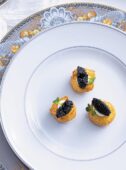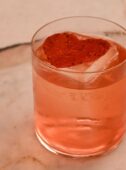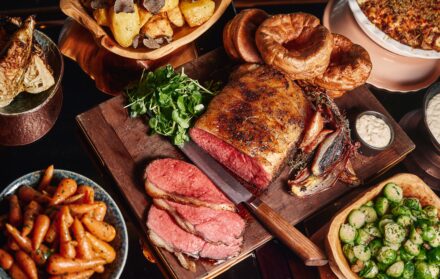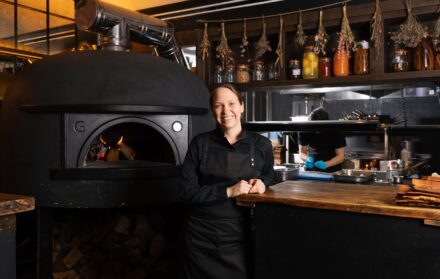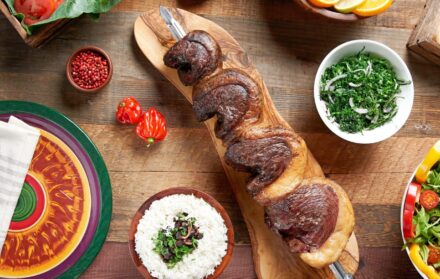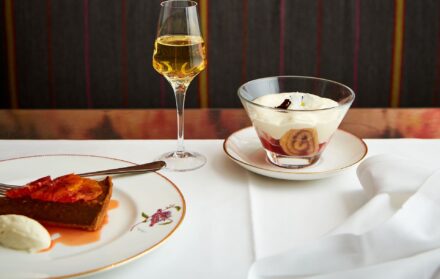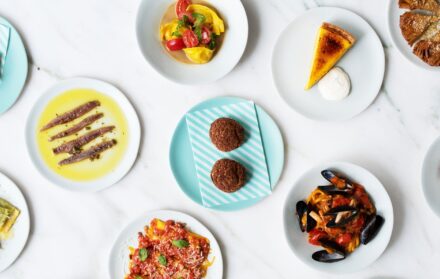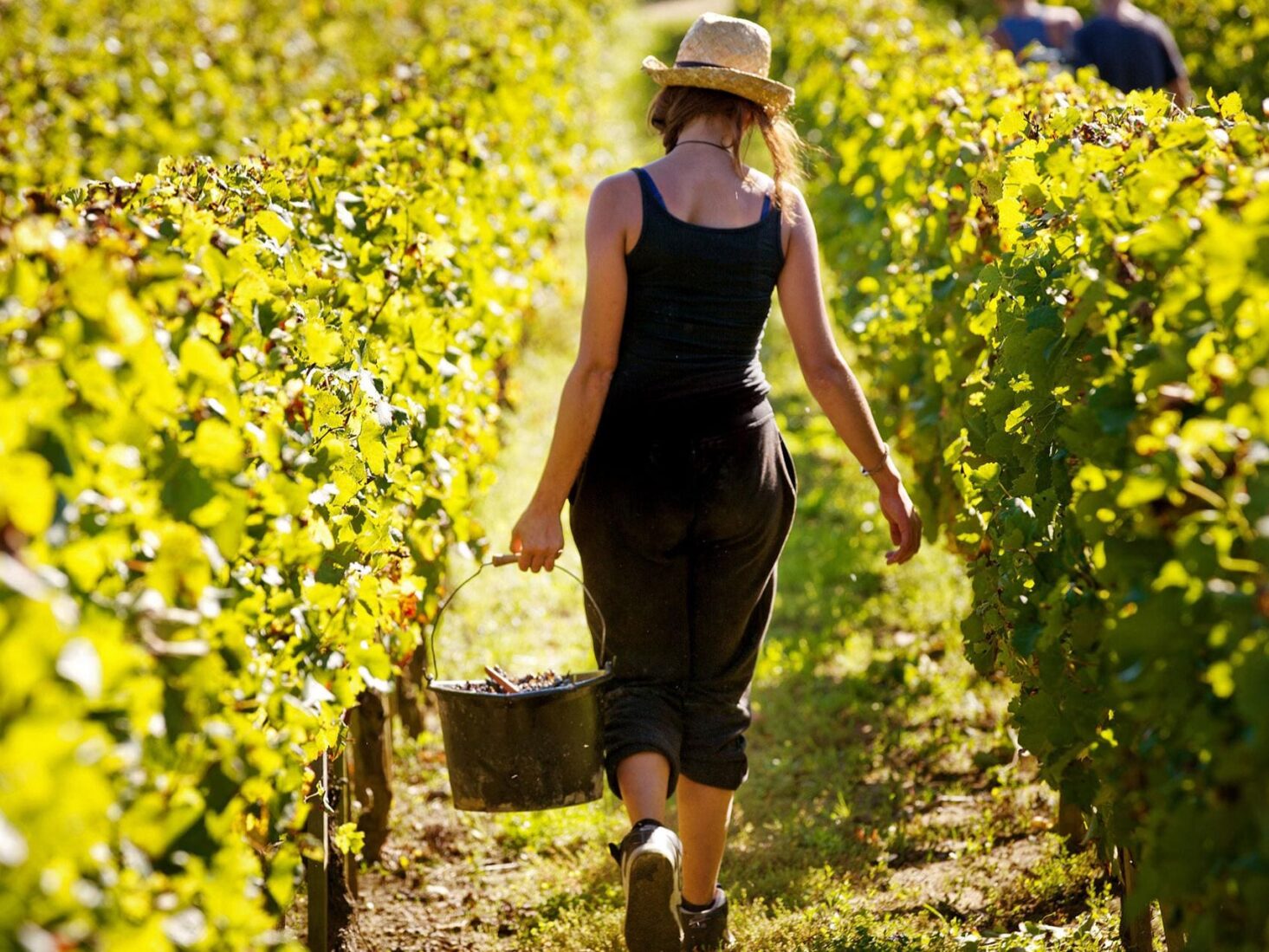
Raising a Glass to the Women in Wine
Meet the female winemakers shaking up the grapevines in a male-dominated industry
Thirty-five years ago, female winemakers in nations such as France, Spain and the United States were almost unheard of – as noticeable in their absence as women pilots, engineers or indeed sommeliers. Thankfully, times change. According to the Wine Institute of California, as of March, approximately 10 percent of all Californian wineries have female winemakers, while the number of estates run and owned by women continues to rise globally.
“When I started in the wine industry in 1978 there was one woman winemaker; today there are dozens. Women winemakers are no longer a novelty,” agrees Eileen Crane, CEO of Domaine Carneros, a producer of sparkling wine in California’s Napa Valley.
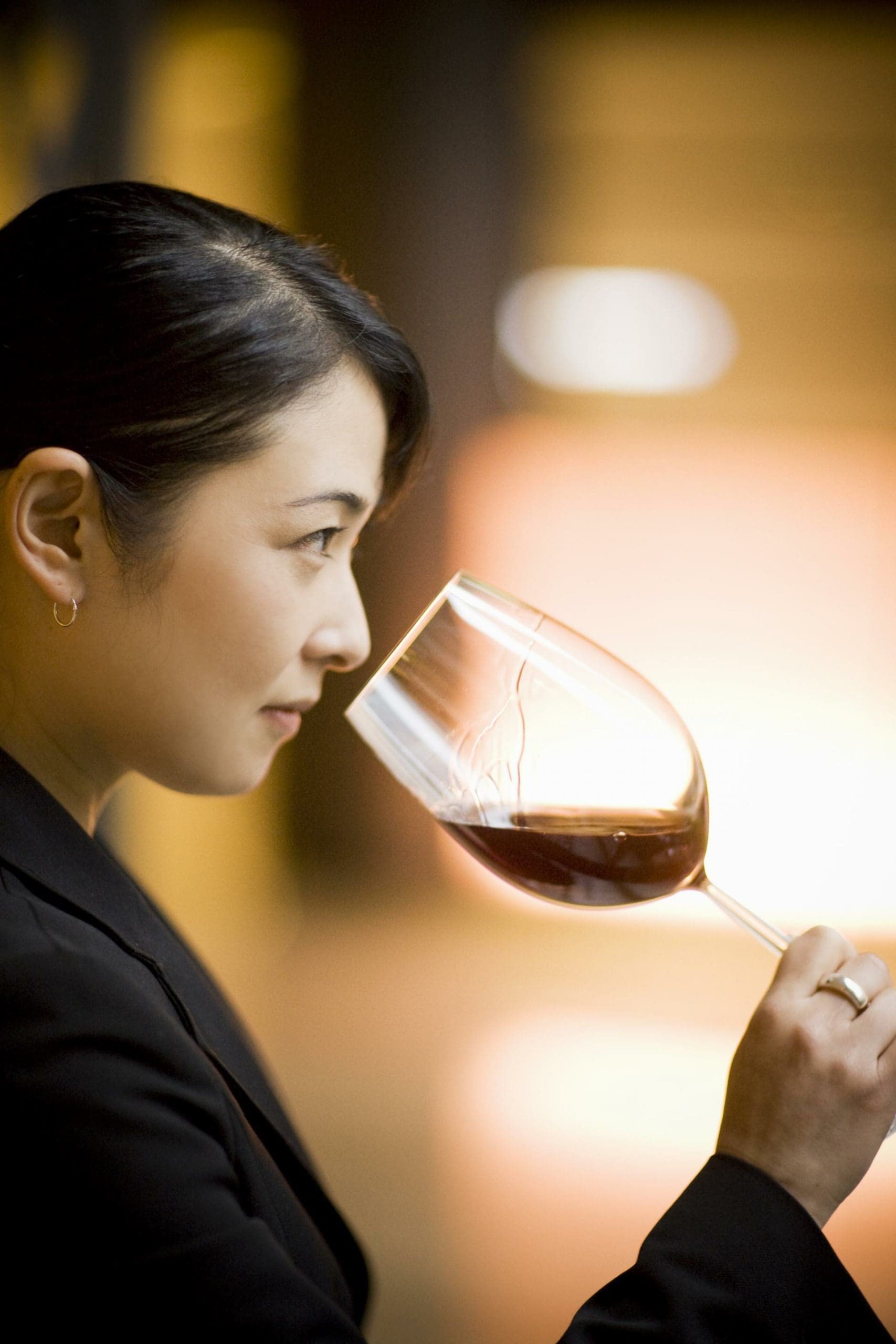
Indeed, some of the most prestigious wineries in the world, including Château Margaux in Bordeaux and Colgin Cellars in California, are now headed up by women. Looking into the history of winemaking, women weren’t always absent from vineyards. Take trailblazing Madame Clicquot, who was widowed in 1805 at the age of 27, and went on to single-handedly steer her husband’s champagne business to success. Then there’s Madame Pommery, who made a brut style of champagne commercially available in 1874 to suit the English palate at a time when it was common to highly sweeten wine. Fast forward to today and the house has appointed chef and author Sophie Michell as its ambassador to help promote women in the food and drink sector.
Hand in hand with this industry shake-up has come a major renaissance in the service side of the business, which is now increasingly populated by women. “It wasn’t until the 70s with the introduction of the Wine & Spirit Education Trust and Master Sommelier courses that things started shifting and became more open to people from different backgrounds,” says Coya sommelier Nobuko Okamura, whom Giles Coren recently named his “favourite sommelier in all the world”. Born in Ireland to Japanese immigrant parents, Okamura is a French-qualified sommelier and one of few Asian women to take up such a career.
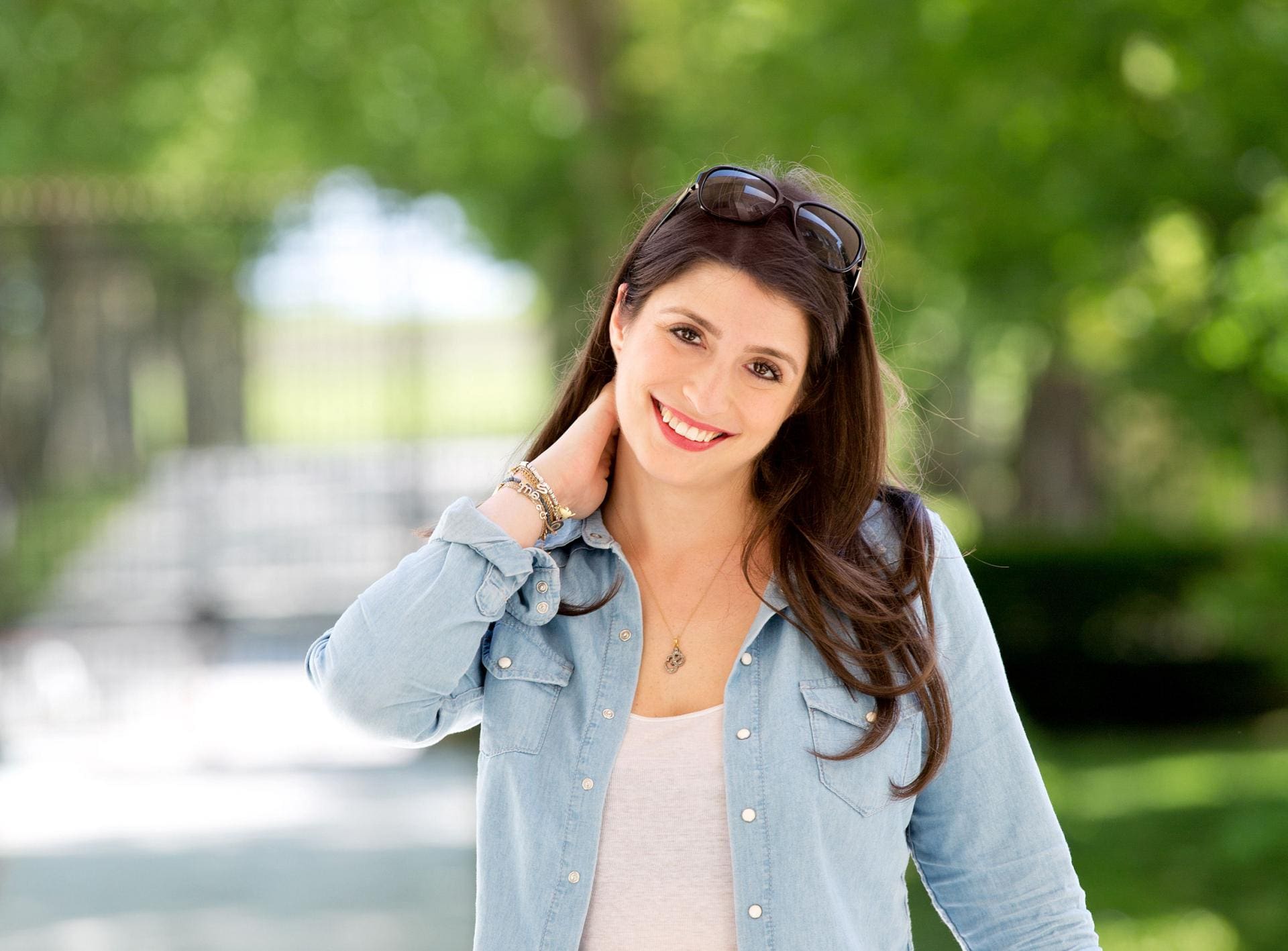
However, a growing number of restaurants are now taking things one step further, by providing their customers with lists featuring wines cultivated by women. Recently, Daphne’s in Chelsea launched its Women Behind the Bottle list, which is headlined by Alexandra Petit-Mentzelopoulos of Château Margaux.
According to Daphne’s wine buyer Guillem Kerambrun, the two-page list aims to highlight the increasingly important role women are playing in the wine world at every level, from winemaker to estate owner. “This list was not intended as a ‘political’ statement, although I do think we should celebrate the remarkable turnaround in attitudes towards women in the industry,” says Kerambrun. “I recall a time in France when women were not allowed in wineries, even as assistants.”
He adds that depending on its success, he hopes to expand the all-female section to three or four pages. It appears that such sentiments are catching.
I recall a time in France when women were not allowed in wineries, even as assistants
With a growing number of the world’s top wineries now being led by women, traditional winemaking conventions are continually being broken down. Take Château Angélus, a historic property in Bordeaux. In 2015, eighth generation Stéphanie de Boüard-Rivoal bought all her father’s shares in the company, cementing her position as estate director.

Today her biggest priority is addressing the need for Bordeaux wines to be more accessible at a younger age. “It’s clear to me that the millennial generation of wine drinkers doesn’t want to wait 10 years before they can enjoy a wine,” says de Boüard-Rivoal. “And while it clearly depends on the vintage in question, in general I would like to see our wines become more approachable at a younger age.”
The luxury wine world is also privileged to have Margareth Henriquez within its ranks. Henriquez became the president of LVMH’s Estates and Wines division at the start of this year, and in her previous role as president and CEO of Krug she made numerous innovative changes since her appointment in 2009. Perhaps her proudest achievement was the introduction of the Krug ID, a code attached to the label of each bottle. When entered on Krug’s website, it reveals the story behind the wine’s creation, according to cellar master Eric Lebel’s notes, for enthusiasts and connoisseurs alike.
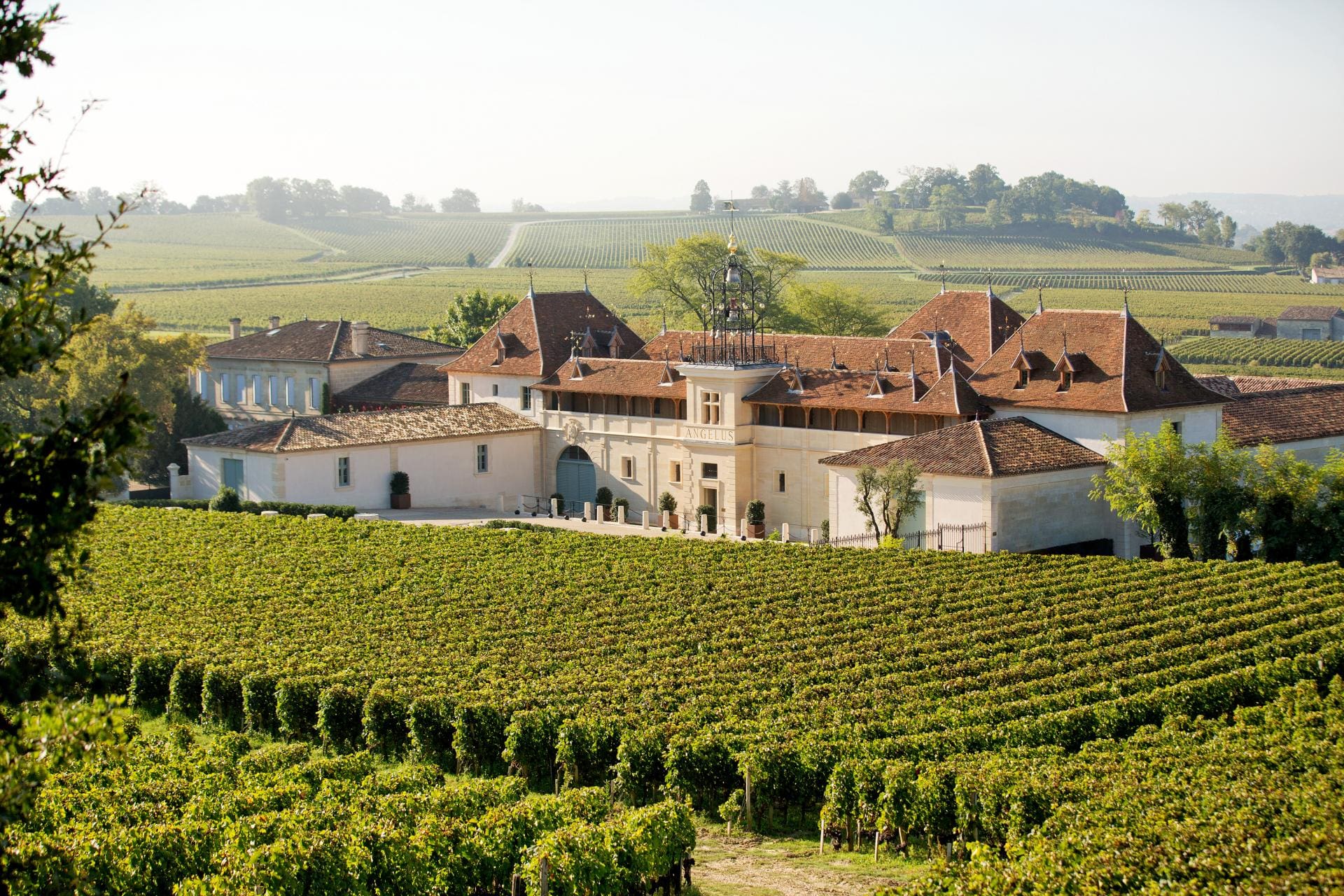
“The idea came to me during a tasting with one of our growers. I was fascinated by the selection process and wanted to share at least some of the founding elements of each bottle of Krug with a wider audience – it fosters stronger brand identity and reinforces trust,” says Henriquez.
Of course, there is still more to be done to address the gender imbalance within the industry. Several leading female winemakers, while recognising the great leaps forward, argue that archaic attitudes still prevail in some corners. “There is definitely still machoism in the wine industry. I have heard a general manager of a large wine business say that if he had his way he would employ only 30-year-old males as they have a ‘hunger in their bellies’,” observes Australian winemaker Susan Mickan.
Nevertheless, most agree that the industry has made significant progress in addressing gender inequality. “Over the past four decades, women have become involved at all levels in wineries and vineyards,” says Napa Valley stalwart Cathy Corison, who specialises in cabernet sauvignon. “The pipeline is full of hardworking, talented women ready to step into top positions.” Which, judging by the quality of the wines being made today, benefits everyone, male or female.


